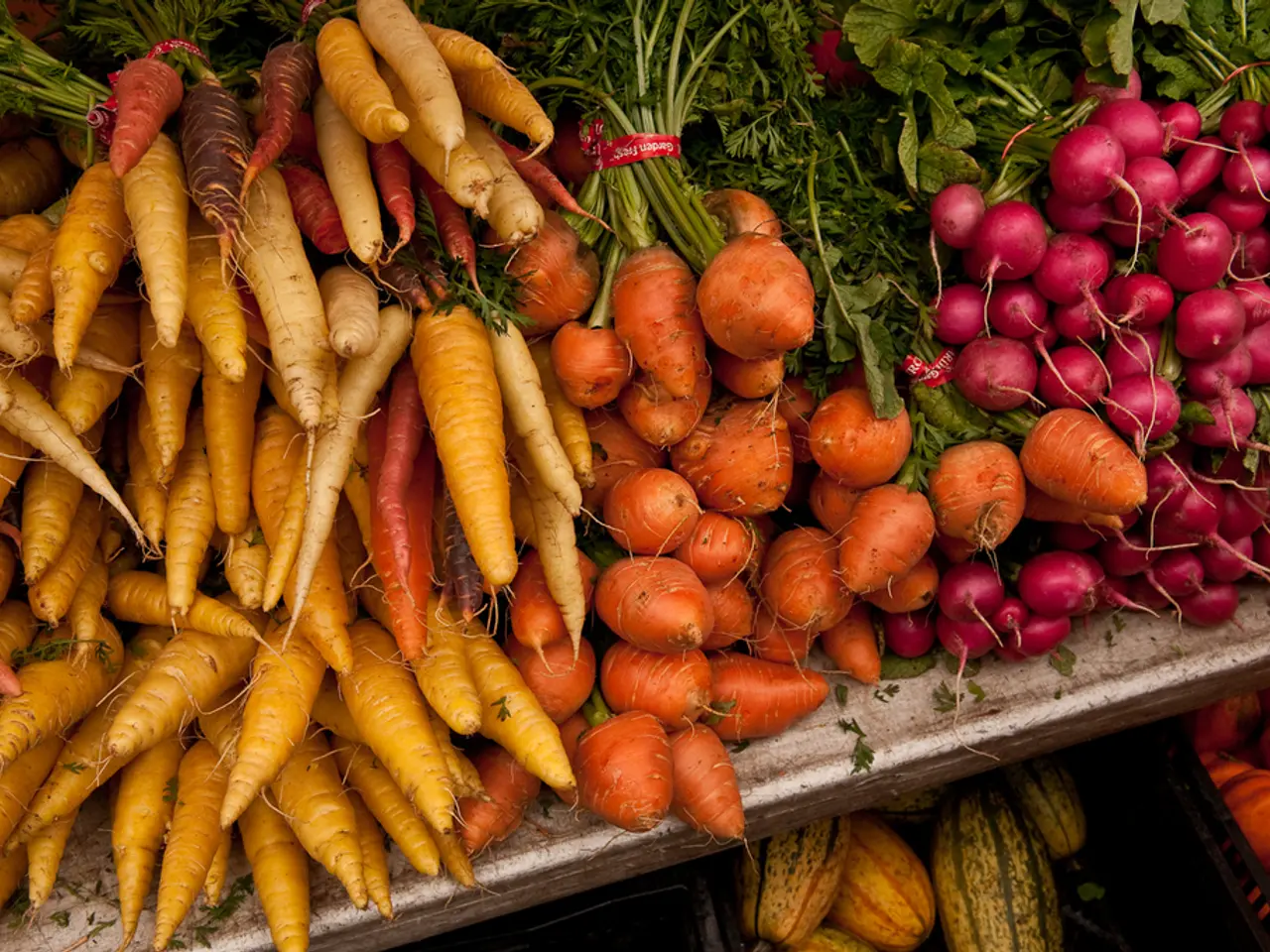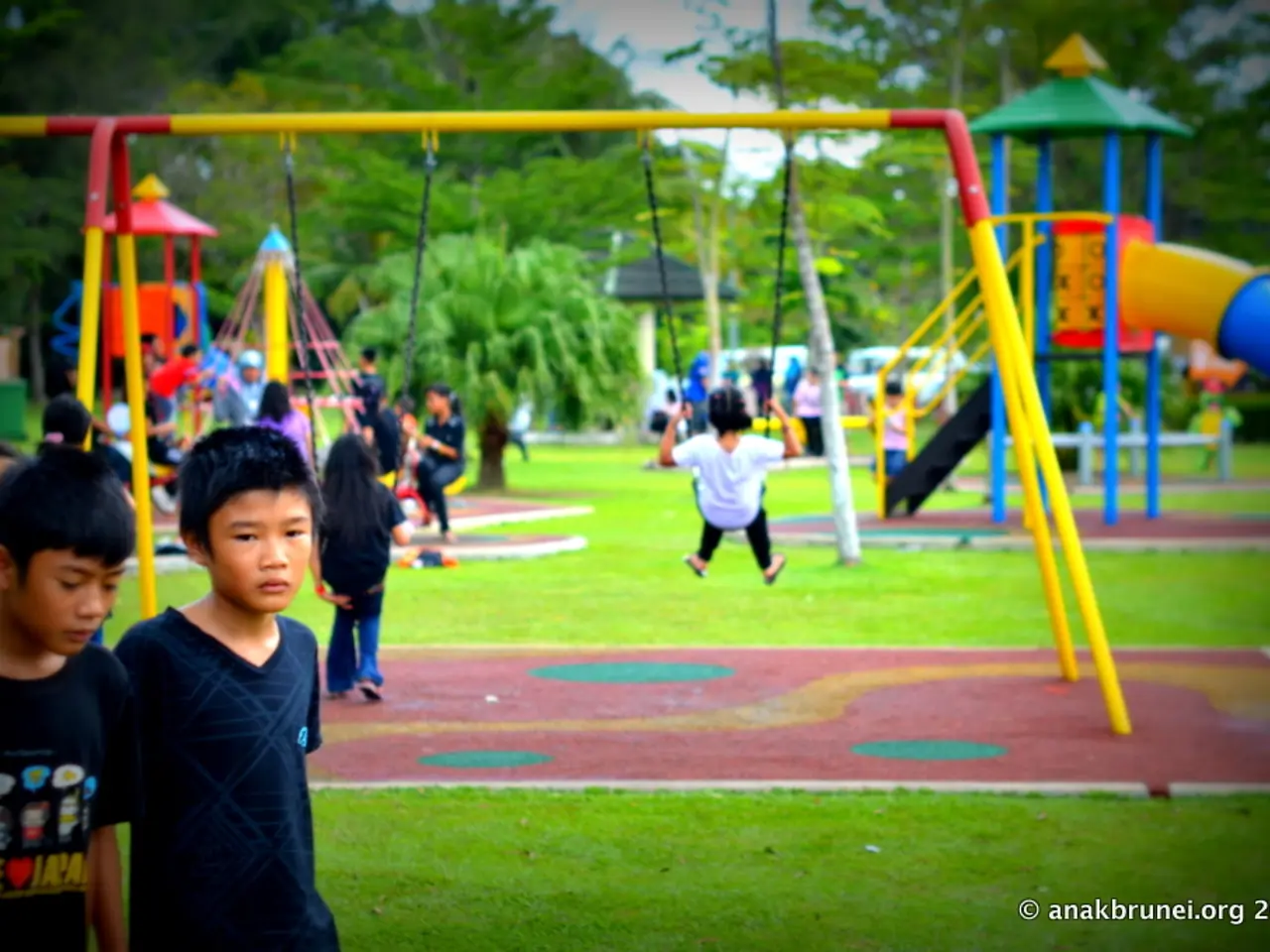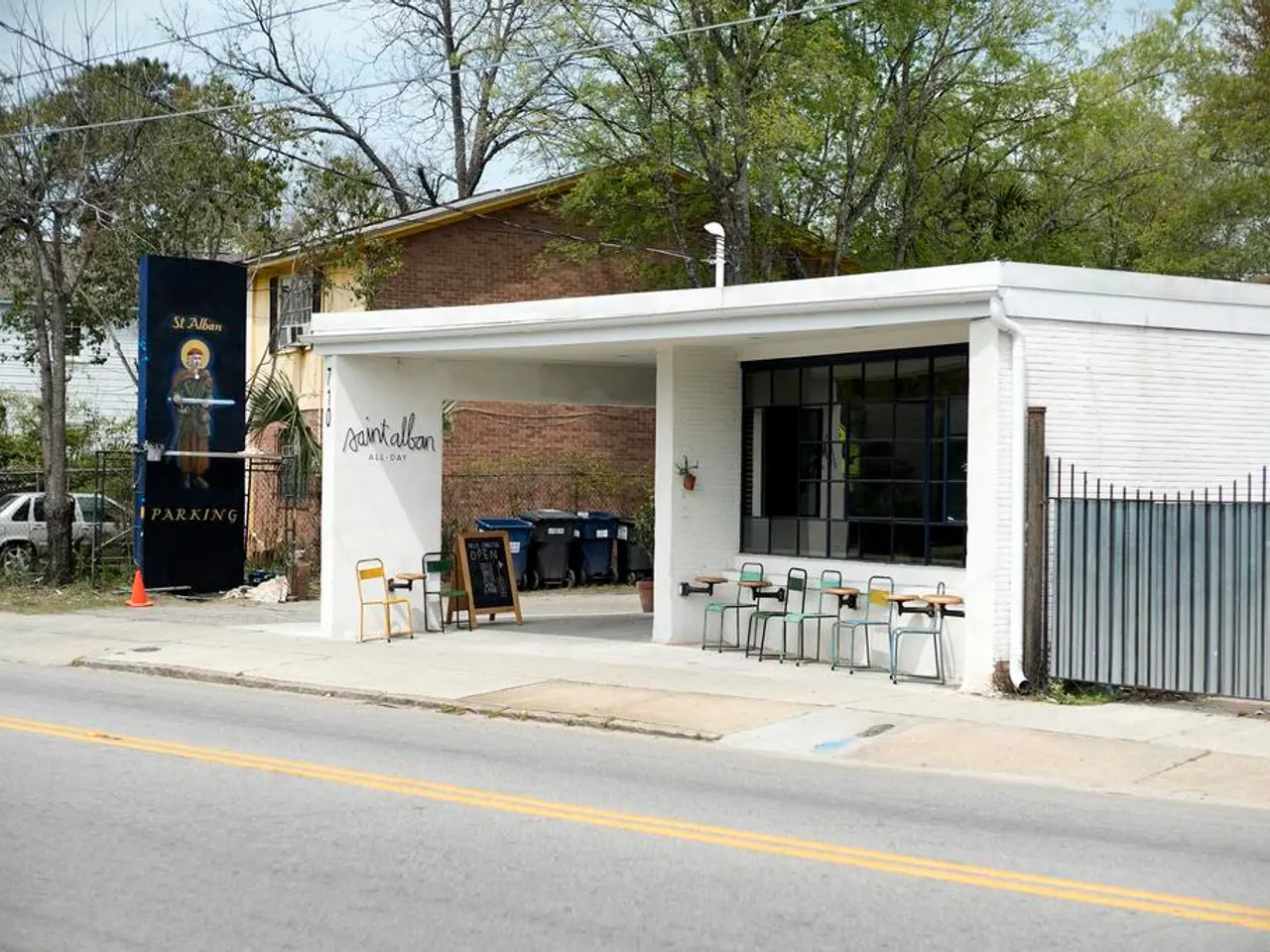Essential Steps for Novice Vegetable Gardeners
Embarking on a vegetable gardening journey can be an enjoyable and rewarding experience. Here are some key factors to consider when planning and building your garden to ensure success and ease of maintenance.
Sunlight
Choose a site that receives at least 6 hours of sunlight daily, ideally morning sun, which is cooler and less harsh than afternoon sun. Afternoon sun may require providing shade for sensitive plants. South-side spaces generally get maximum sun exposure, while north side spaces are usually shady [1][2][4].
Water Access
Ensure a reliable, clean water source is nearby or within hose distance for consistent irrigation [1][2]. A water source should be nearby for easy access during periods of little rainfall.
Soil Quality and Drainage
Check that the soil is fertile and well-drained. Performing a soil test can help you understand nutrient levels and pH [1][4]. Good drainage is important in a vegetable garden to prevent standing water. Raised beds allow gardeners to control the quality of the soil, and organic compost can be added to improve its quality and nutrient content.
Climate and Season
Select vegetable crops and varieties suited to your local climate and the current growing season to maximize success [1]. Half-hardy vegetables can do well in cool temperatures and survive light frosts but cannot tolerate hard freezes and heavy frosts.
Garden Layout and Spacing
Plan your garden layout considering plant sizes and spacing requirements, using techniques like interplanting and staggered planting to maximize harvest and reduce pest issues. Mixing fast- and slow-growing crops can ensure continuous production [3][4]. The space for a vegetable garden should be chosen based on the growing habits of certain vegetables, suitability for the gardener's zone, and microclimate.
Garden Size and Space
Determine garden size based on how much produce you want and the space available. Typical productivity needs about 100 square feet per person, but smaller gardens benefit from compact plants or vertical gardening [5].
Tools and Infrastructure
Prepare necessary gardening tools for soil preparation, planting, maintenance, and harvesting, such as shovels, watering cans, pruning shears, and harvesting containers [4].
Variety of Vegetables
When choosing the vegetables to plant, gardeners should keep an eye on the weather, growing conditions, pest problems, and amendments. Vegetables thrive in different pH levels, so adjustments may be necessary depending on the types of vegetables to be grown.
Suitable Vegetables for Different Conditions
Lettuce matures every 3 to 4 weeks and can be planted in different varieties to ensure a steady supply of greens all season long. It grows well in container gardens too.
Tomatoes are easy to grow and can be grown in various environments, including small gardens, container gardens, and vertical gardens. They require support due to their soft plant stems.
Green beans are easy to grow and come in different varieties, some of which are climbing plants and others bush types. They prefer full sun and well-drained soil.
Carrots thrive in both sunny and semi-shady environments, require minimal maintenance, and can grow in less than ideal soil conditions. They are best grown in well-drained soil.
Cucumbers are best grown in warm, sunny spots and spread like weeds, bearing a lot of fruits. They are suitable for small gardens, container gardens, and vertical gardens and require a structure for the plants to climb on.
Zucchini and all types of summer squash grow easily during the warm season and can be grown in containers or in-ground. They require regular watering and prefer warm soil.
Peppers grow like weeds and mature quickly, particularly the miniature varieties. They can be grown from seeds and are suitable for home gardens.
Radishes are easy to grow and add a delectable crunch to salads or a delicate flavor to soups and stews. They grow well in sunny to partially sunny environments and require the soil to remain moist at all times.
Spot gardening, or planting vegetables in containers and setting them on sunny spots, is a great option for newbie gardeners with limited space. Basil is a fast-growing herb that can be grown from seeds or transplants and pairs well with tomato plants to keep pests away. Swiss chard is a dark, green leafy vegetable that grows easily and beautifully, making any garden look good. It thrives in light, well-drained soil and is best planted in rows but is also suitable for container gardening. It requires even, regular watering, especially during dry spells.
Taking these factors into account can help create a well-planned vegetable garden with better yields and easier maintenance. Happy gardening!
[1] Gardening Know How
[2] The Spruce
[3] The Old Farmer's Almanac
[4] The Kitchn
[5] BBC Gardeners' World
Incorporating a variety of vegetables in your home-and-garden can add diversity to your lifestyle. Consider plants like tomatoes, green beans, and lettuce that can thrive under different conditions, such as full sun, semi-shade, and containers. For easy maintenance, ensure your vegetable garden has good drainage, reliable water access, and is properly laid out with consideration for plant sizes and spacing requirements.




